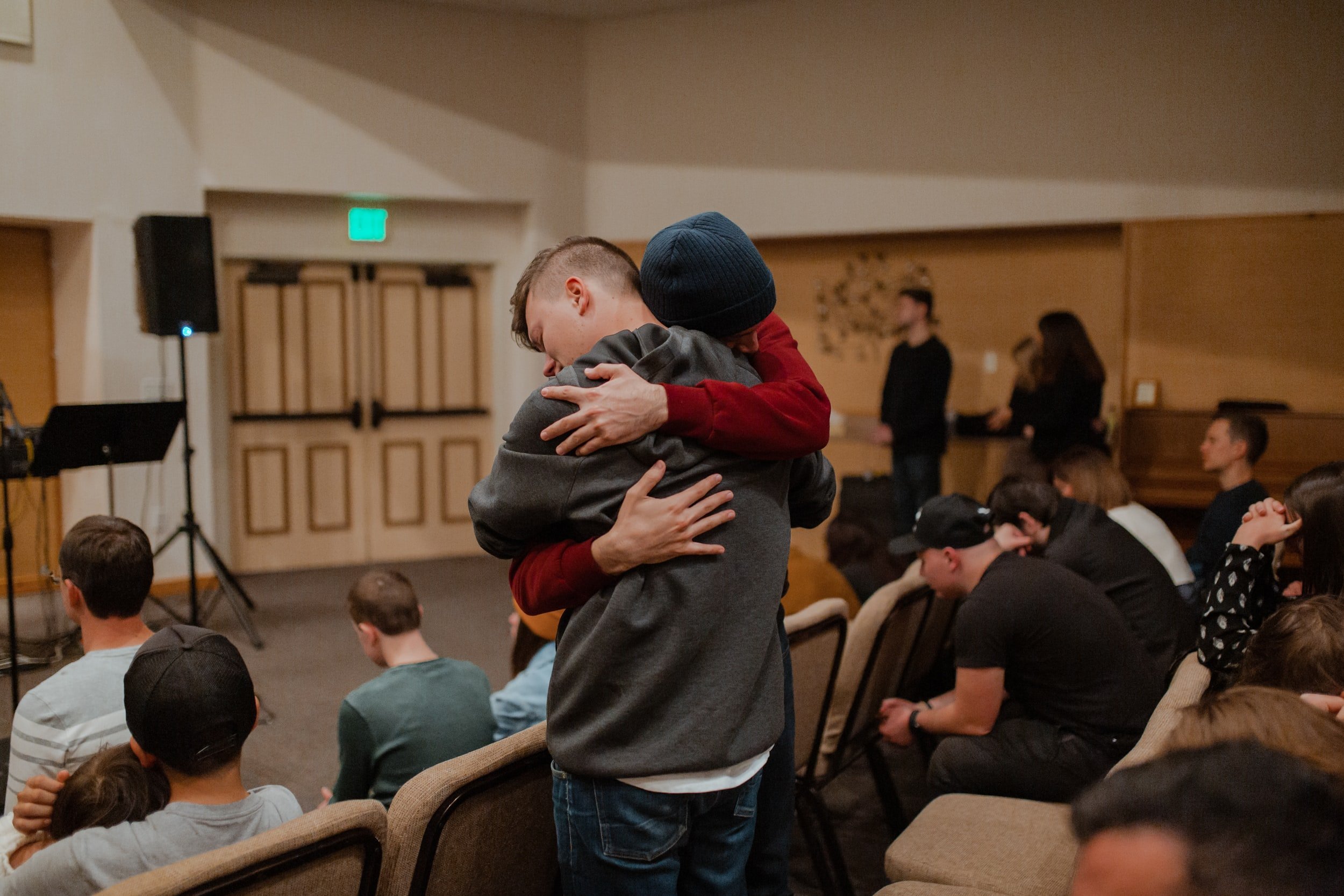Making the Science of Adolescent Development Part of Your Story
In the past few decades, the science of adolescent development has changed researcher’s perceptions of what adolescence is and how it should be supported. Today we know that adolescence is a time of remarkable opportunity. The years between age 10 to about 25 mark a period of rapid growth, development, and learning as we discover and adapt to the world around us. We forge our sense of who we are and who we aspire to be. We learn to make decisions, manage our emotions, and create deeper connections with peers, romantic partners, and others in our communities. We also build resilience and develop interests, passions, and meaningful goals that shape our adult lives.
During adolescence, we are rapidly learning and adapting in ways that naturally take advantage of supportive relationships, environments, and experiences that promote positive growth and development. This makes adolescence a key window for learning and discovery, as well as an opportunity to build resilience and mitigate the effects of earlier adversity. Experiences that provide autonomy and choice as we explore are particularly important, as we are primed to learn from and give back to our environments in ways that benefit our society through things like community service and civic action.
Unfortunately, the social systems that serve us during this developmentally sensitive period are often not structured to provide optimal support for learning and positive adaptation. In some cases, barriers to successful development—such as poverty, discrimination, and earlier trauma—can reinforce inequities and amplify risks for negative outcomes.
Public understanding of adolescent development lags behind what current research tells us, and popular culture often reinforces our worst assumptions. But it doesn’t have to be that way. The new experiences we encounter during adolescence, the mistakes we sometimes make along the way, and the success or failure of the systems that should support all provide fodder for great storytelling. Coming of age movies as diverse as Fame, Real Women Have Curves, and Eighth Grade have successfully depicted how adolescents discover their identities and learn to navigate the world around them, often through a process of trial and error. They also show how important supportive, caring relationships with friends, family members, and other adults are to their wellbeing.
Stories about adolescence can also help writers explore situations like poverty, racism, and marginalization that are obstacles to healthy development. Movies like Boyz n the Hood, Moonlight, and Winter’s Bone tackle the harsh racial and social inequalities too many adolescents face to create powerful, contextualized stories. Importantly, these aren’t just stories of resiliency in the face of adversity - they show us why it is imperative that we address racial and social inequalities and transform dysfunctional and discriminatory systems.
Here are some actionable insights for storytellers who want to tell a more complete story about adolescent development, with all its complexity and promise:
Make adolescents multi-layered. Avoid one-dimensional characterizations of adolescents as “the nerd” or “the bully.” Adolescent development is complex, and so are adolescents.
Show adolescents failing, then trying again. Adolescents are resilient and stories about finding your way through difficult times are always compelling. Just don’t forget to include the supportive relationships – with parents, peers, and others – that make that resiliency possible.
Include supportive adult characters who are outside the family. Adolescents are forming a lot of new relationships, which creates a lot of potential for different characters and connected storylines.
Tell stories about adolescents contributing to their communities and engaging in activism. Black Lives Matter, youth voting organizing, and stories of young people helping their neighbors and peers during the pandemic all have the makings of a great plot line.
Contextualize stories of adversity by talking about racism, discrimination, and social class. Conversations around racism, LGBTQ+ rights, and growing income inequality are changing the narrative landscape. They should be part of how we depict adolescents, as well.
We’ll return to these insights and more as we continue with this blog series.
Freelancer








